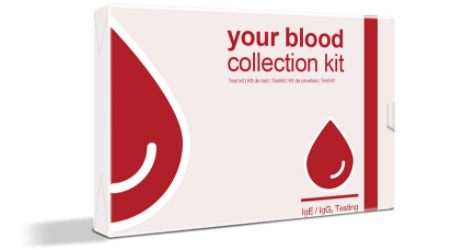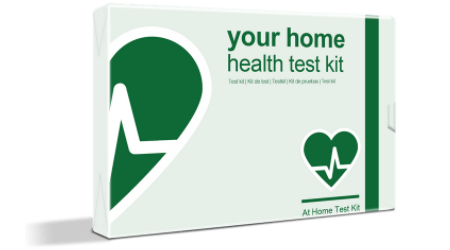September is world prostate month! There is no better time to optimize and support prostate health than now! Nearly 1 in 8 men will be diagnosed with prostate cancer in their lifetime. It is important to have prostate awareness month because it creates more opportunities for education, prevention, and early detection. It is the most common non-skin cancer diagnosed in men.
What is a prostate, and what is its function?
The prostate is a gland in the male reproductive system that is located just below the bladder and in front of the rectum. The main functions of the prostate is producing seminal fluid, hormone production, and regulating urine flow. Being familiar with the prostate and its function is an overall part of mens health and wellness. The good news is, because of effective screening options, prostate cancer is often caught before it spreads.
What would prompt a consult for a prostate exam?
According to the American Cancer Society, men and people who were assigned male at birth, should have their first prostate exam by age 50. If there is a family history of prostate cancer, an exam is recommended at age 45. In addition to recommended exams, symptoms can arise that may prompt a consultation and prostate exam.
A person should see their doctor if they notice any of the following symptoms:
- pain while urinating or after ejaculation
- pain in the penis, scrotum, or the area between the scrotum and anus
- blood in the urine
- severe discomfort in the abdomen
- a weak urine stream or dribbling at the end of urinating
- trouble controlling the bladder, such as stopping or delaying urination
- inability to empty the bladder completely
- urine with an unusual odor or color
How is the prostate tested?
Medical professionals can diagnose problems with the prostate using various types of prostate exams. Some of these exams include:
- Digital rectal examination: During this exam, the doctor inserts a finger into the rectum and feels the prostate to detect lumps, nodules, and signs of cancer.
- Prostate-specific antigen (PSA): Blood tests can assess the levels of this PSA. High levels indicate an increased risk of prostate cancer.
- Prostate biopsy: If a doctor suspects cancer, they can take a small sample of prostate tissue for testing. To do this, they insert a needle into the prostate via the rectum.
- Prostate ultrasound: Doctors may refer to this as a transrectal ultrasound. During the procedure, the medical professional inserts a probe into the rectum, positioning it close to the prostate. Doctors usually carry out biopsies with guidance from an ultrasound.
- Prostate MRI: This can show prostate anatomy in great detail, including identifying areas suspicious for cancer. New technology allows targeting of these areas through an MRI-ultrasound fusion biopsy.
Quick, easy and affordable way to support prostate health!
In addition to an exam by a license health care provider, one of the quickest and easiest ways to monitor prostate health at home is through a Prostate-specific antigen (PSA) test offered. The prostate antigen (PSA) is secreted by the prostate gland, which is situated in the abdomen under the bladder surrounding part of the urethra and plays an important role in semen production.
The prostate antigen level gives information about the prostate’s physiological condition. Levels above normal may indicate a range of conditions, including benign hypertrophy, prostatitis, or cancer.
A PSA level higher than 4μIU/mL indicates a higher than normal level.
The test provides results based on a Positive/Higher or Negative/Normal basis in less than 10 minutes. Positive results can then be used to prompt and request a secondary test and consultation with a licensed medical provider.



